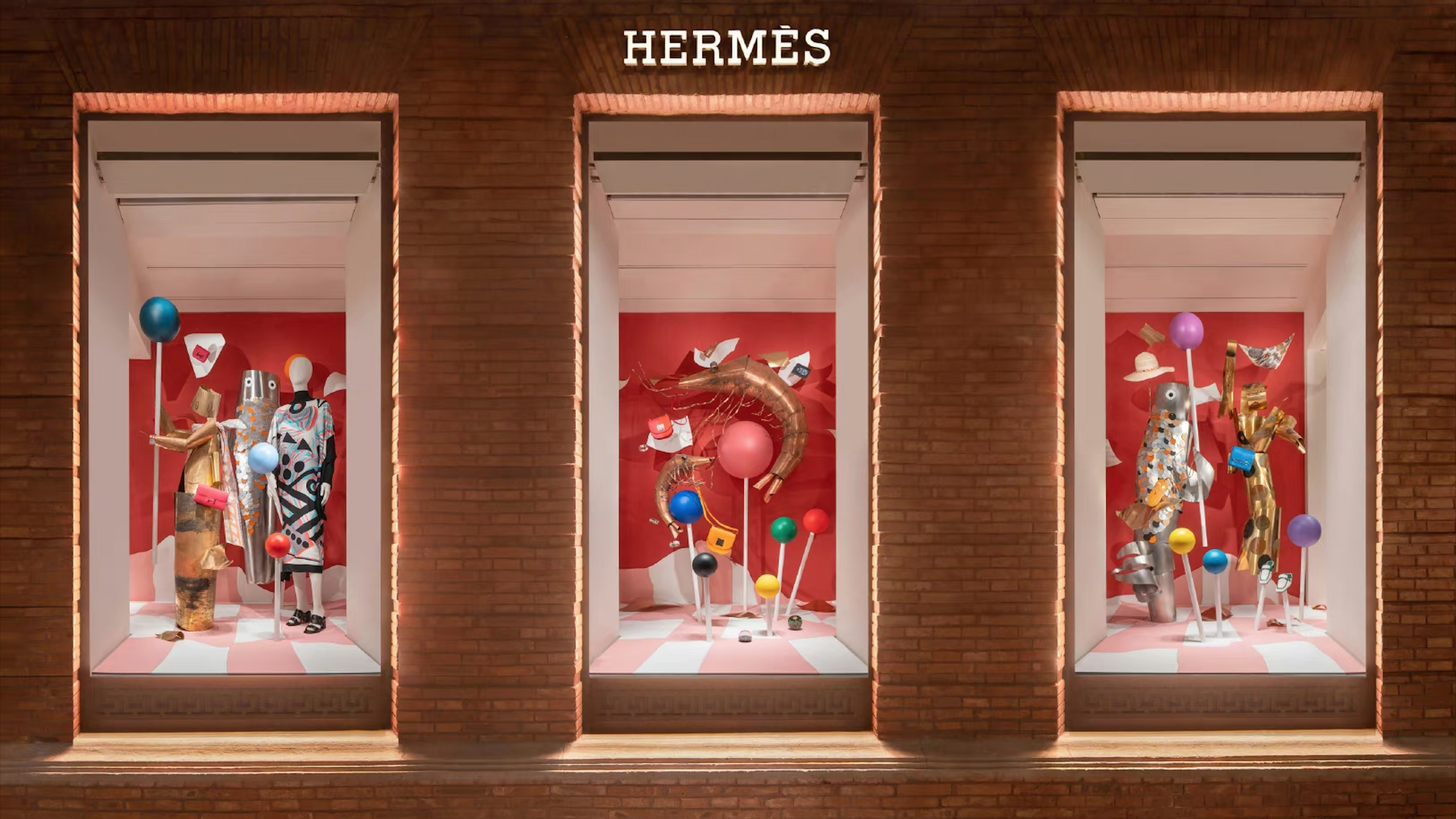Luxury brands have for decades relied on footfall at China’s high-end shopping malls to reach domestic consumers. But a shift is underway – a growing number of prestige houses is opening experiential flagships stores in the country’s top-tier cities.
“Chinese consumers are increasingly seeking shopping experiences that go beyond mere consumerism. They want originality, excitement, and a cool atmosphere for socializing and, of course, to daka 打卡 [to show you have been to places that are popular],” says Elisa Harca, co-founder and CEO at Shanghai-based marketing agency Red Ant.
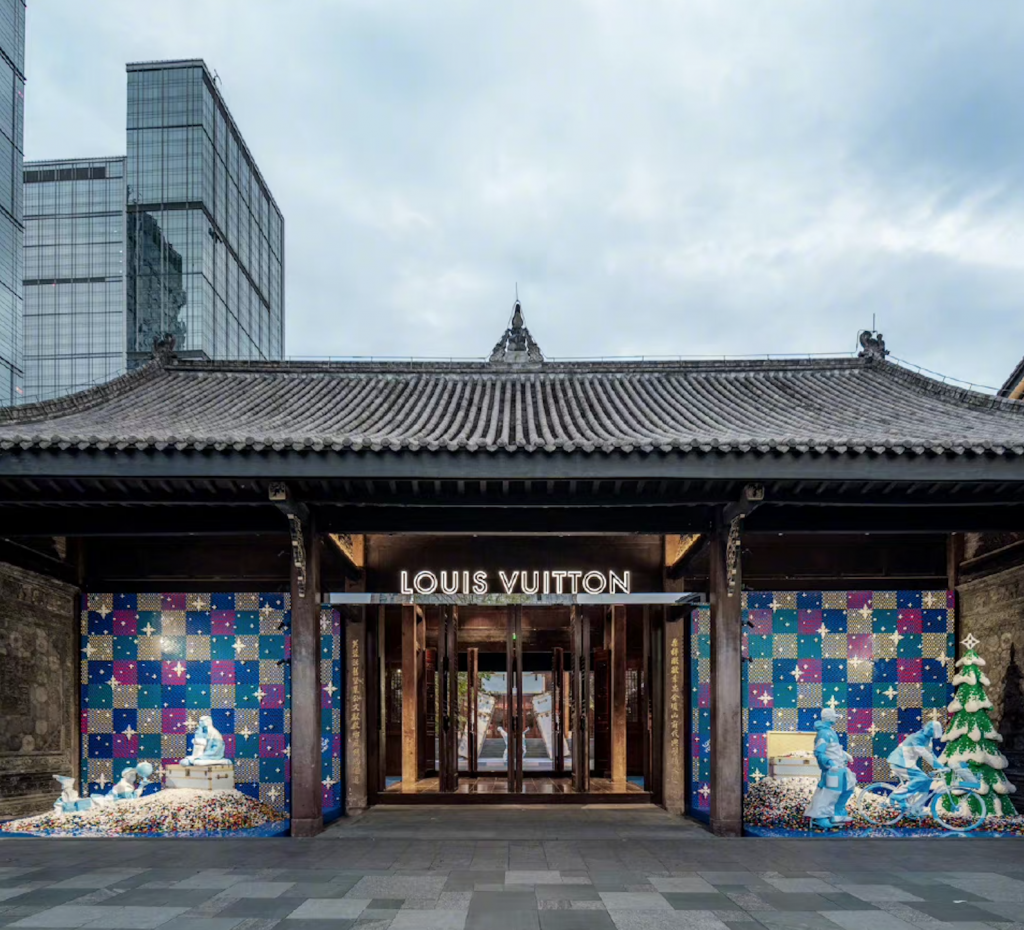
In November last year, Louis Vuitton opened its first independent flagship store in China at Sino-Ocean Taikoo Li Chengdu. The 1,500㎡ space offers Louis Vuitton’s full line of products. The French house also opened its first branded restaurant in China in the neighborhood. Dior has opened a three-story retail space with a terrace garden serving exclusive afternoon tea near the Louis Vuitton store.
Elsewhere, at the beginning of this year, beauty label Sisley opened its first Asia-Pacific Maison Sisley, which includes in-store coffee shops and beauty salons, in Shanghai Zhang Yuan, a complex of houses built in the late 19th century to an East-meets-West architectural style.
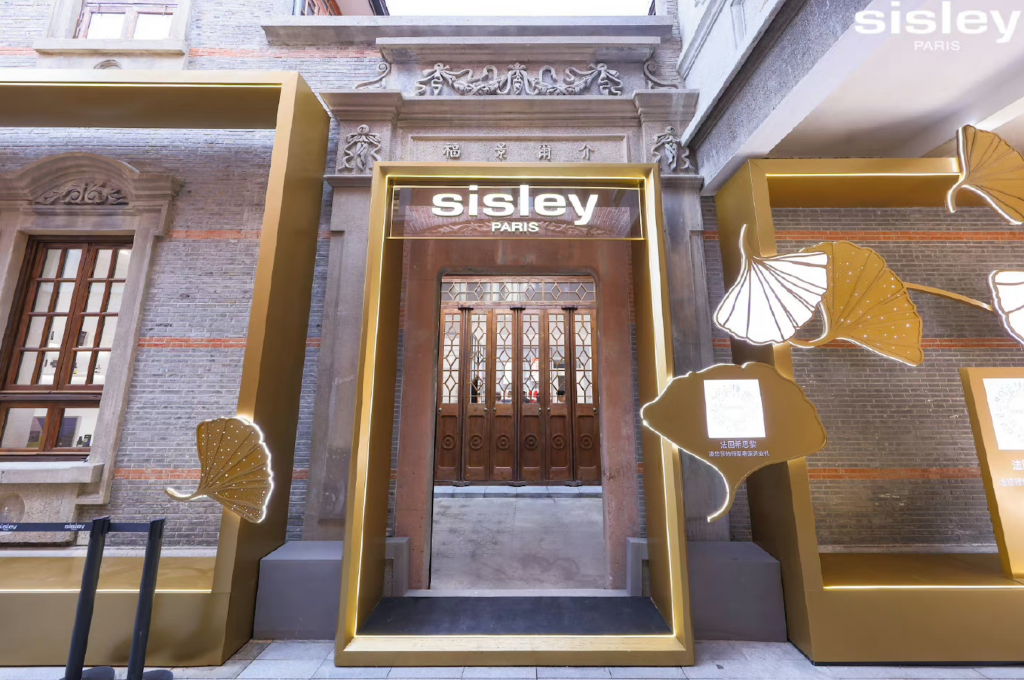
More such stores are in the pipeline. Louis Vuitton and Dior are in the process of building independent flagship stores in Beijing shopping and dining mecca Sanlitun, located in the heart of Chaoyang district. According to local media, Hermès plans to build an independent maison there, too.
Jing Daily uncovers what’s prompting businesses to experiment with new retail formats and analyzes how brands benefit from standalone flagships.
The challenges of operating in a mall#
Standalone boutiques are commonplace in Europe’s fashion capitals Paris, London, and Milan, where brands tend to congregate in luxury districts: Rue Saint-Honoré, New Bond Street, or Via Montenapoleone.
But in China, high-end commercial complexes define China’s luxury experience. Chinese consumers are used to spending their free time in malls that offer shopping, dining, and entertainment options in one building.
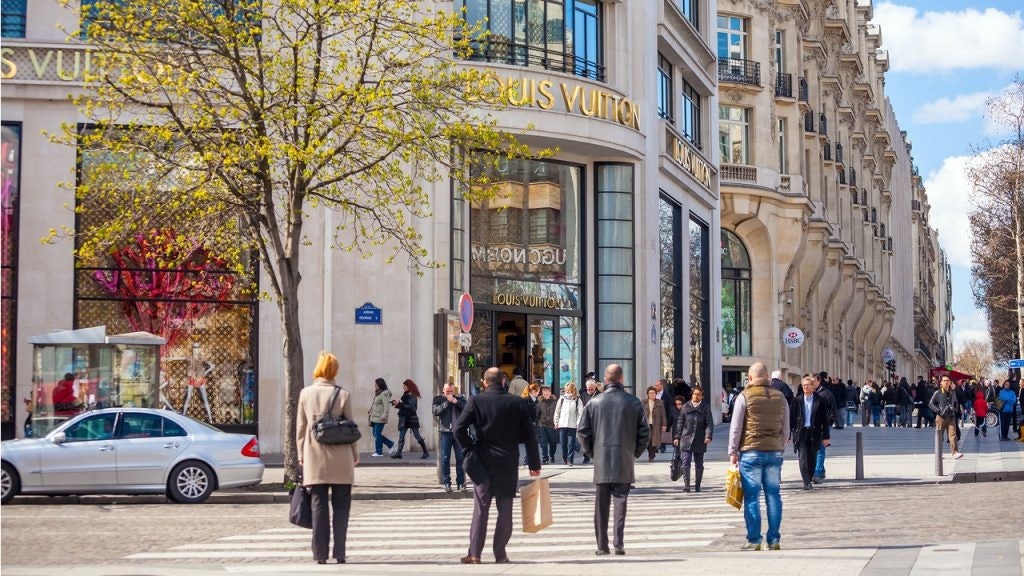
Although the multi-functionality of shopping malls helps brands secure footfall, the format also restricts what brands can do with their retail space.
“Shopping malls often have strict rules around opening and closing times, what can be displayed at the entrance, and the types of services that can be offered. Moreover, everything in the shopping mall tends to look the same and lacks a unique character due to the limited retail space that’s similar to every other store in the mall,” Aurelien Rigart, the co-founder of digital consultancy ITC, which operates offices in China, Singapore, and Vietnam, tells Jing Daily.
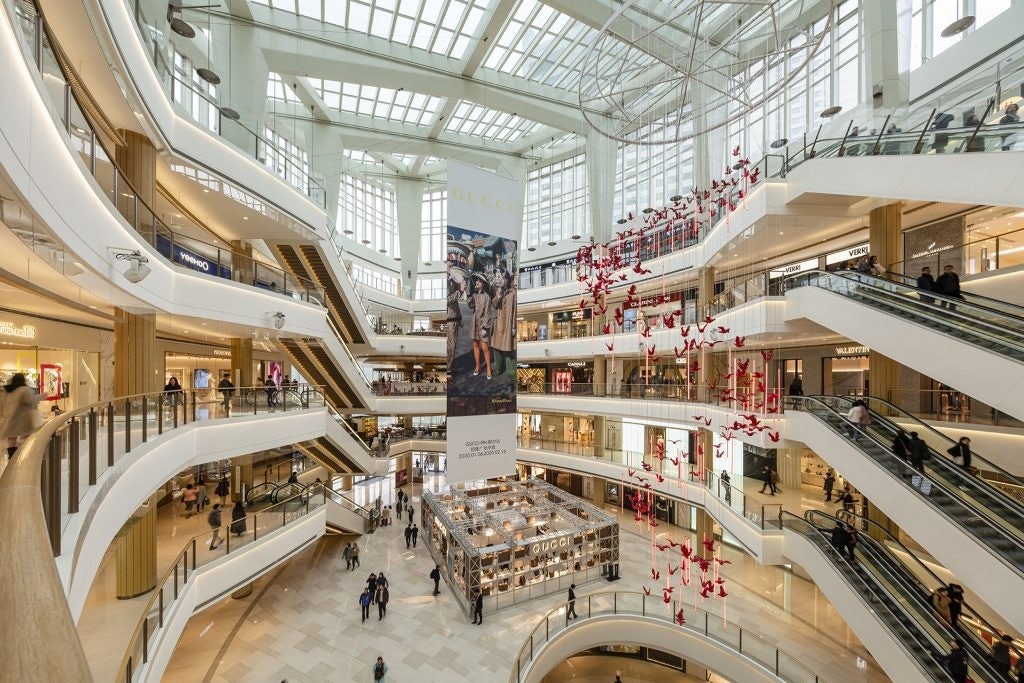
Independent flagship stores offer brands much more flexibility. For instance, they can adapt the store experience according to consumer trends without having to negotiate with mall managers. This allows for a faster turnaround time, which is crucial in a dynamic market like China.
“When operating stores in shopping malls, brands must share part of the revenue and deal with much more intense competition for customers’ attention,” says Rigart. “With their private buildings, brands have 100 percent ownership of the stores and can easily and effectively create unique and memorable brand experiences.”
Creating culture#
Luxury brands’ experiential flagship locations are redefining the role and meaning of traditional counters and boutiques. The art pieces on show in these spaces and the presence of coffee shops, art galleries, and beauty salons are creating an atmosphere based on more than the sales process.
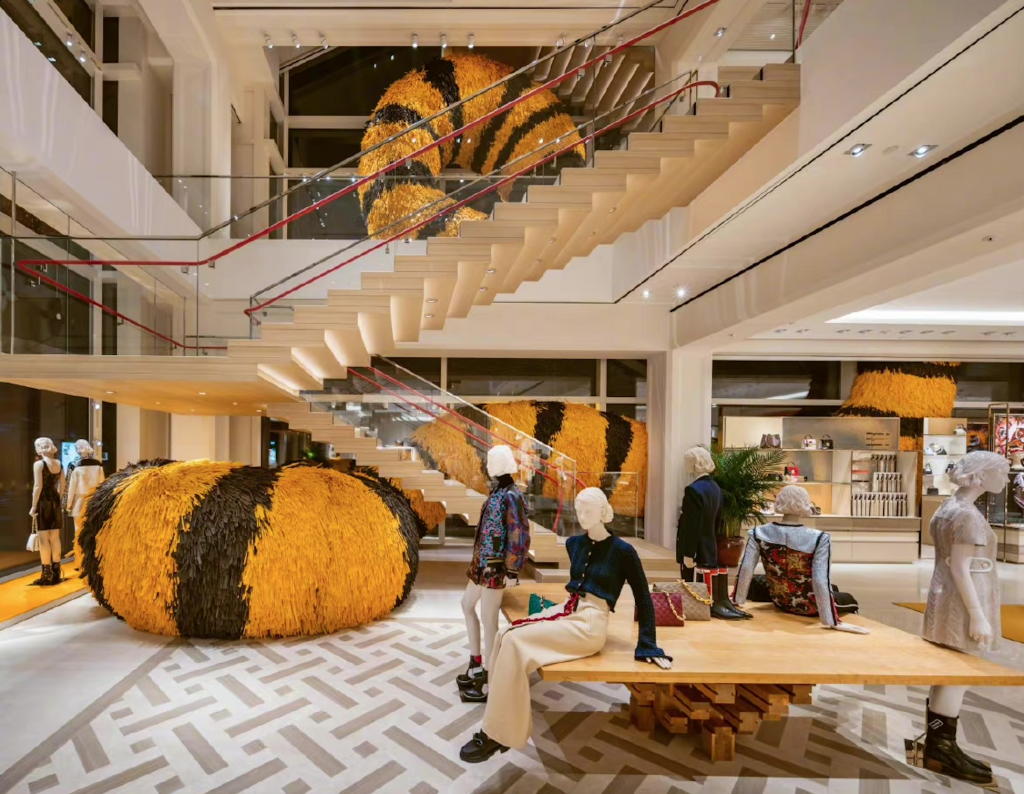
Through these emblematic buildings, brands are seeking to enhance their positioning. Bernard Arnault, chairman and CEO of LVMH, said during the group’s 2021 year-end earnings call, “Louis Vuitton is not just a fashion brand. It’s a cultural brand with a global audience.”
Independent flagship stores are like a blank canvas that brands can modify according to their needs.
“The shift towards lifestyle-oriented experiences may encourage brands to diversify their offerings beyond traditional fashion and accessories and to experiment with new product categories and services. For example, they may start incorporating wellness or cultural elements into their retail spaces to cater to evolving consumer preferences,” says Harca.
In a survey by Chinese media platform Luxe.co, over 60 percent of respondents expect beauty labels to incorporate spa salons into their stores.
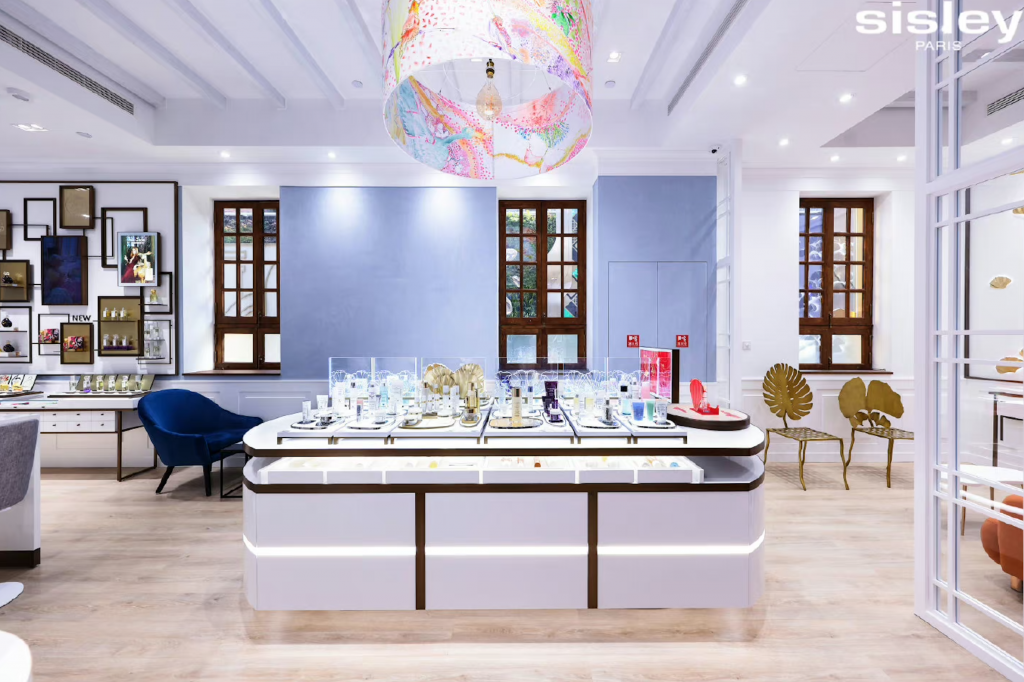
Additionally, independent flagship stores provide space for brands to create temporary pop-up stores, in-store trunk shows, and host events for their VICs. “By providing a space where customers can socialize, relax and spend time with friends, brands can create a sense of community and belonging among their fans,” says Rigart.
These luxury stores are meeting points for elite consumers, and strengthen the bond between brand and VIC consumer. “Experiential stores can drive sales by providing opportunities for customers to interact with products in a more meaningful way, so that they are more likely to develop an emotional connection with the brand and feel more excited about making a purchase,” says Harca.
Getting the formula right#
Ultimately, the goal of these flagship stores is to encourage potential consumers to learn about the brand and secure existing clients’ loyalty by fully immersing them in the brand’s universe and educating them about the house’s unique identity.
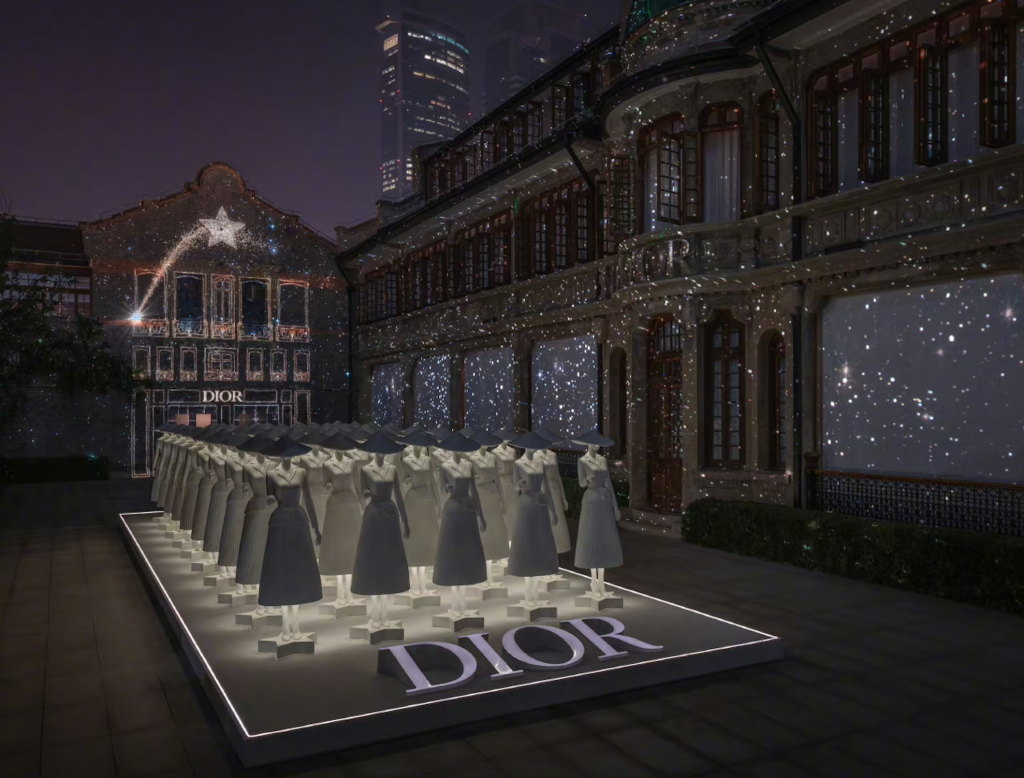
Novelty is an important element in drumming up interest. Rigart points to Dior’s Zhangjia Garden in Shanghai, which operates as a pop-up store with evolving themes.
But Harca offers a note of caution. “The success of experiential stores depends on a range of factors — it’s important for brands to ensure they don’t offer style over substance,” she says.
